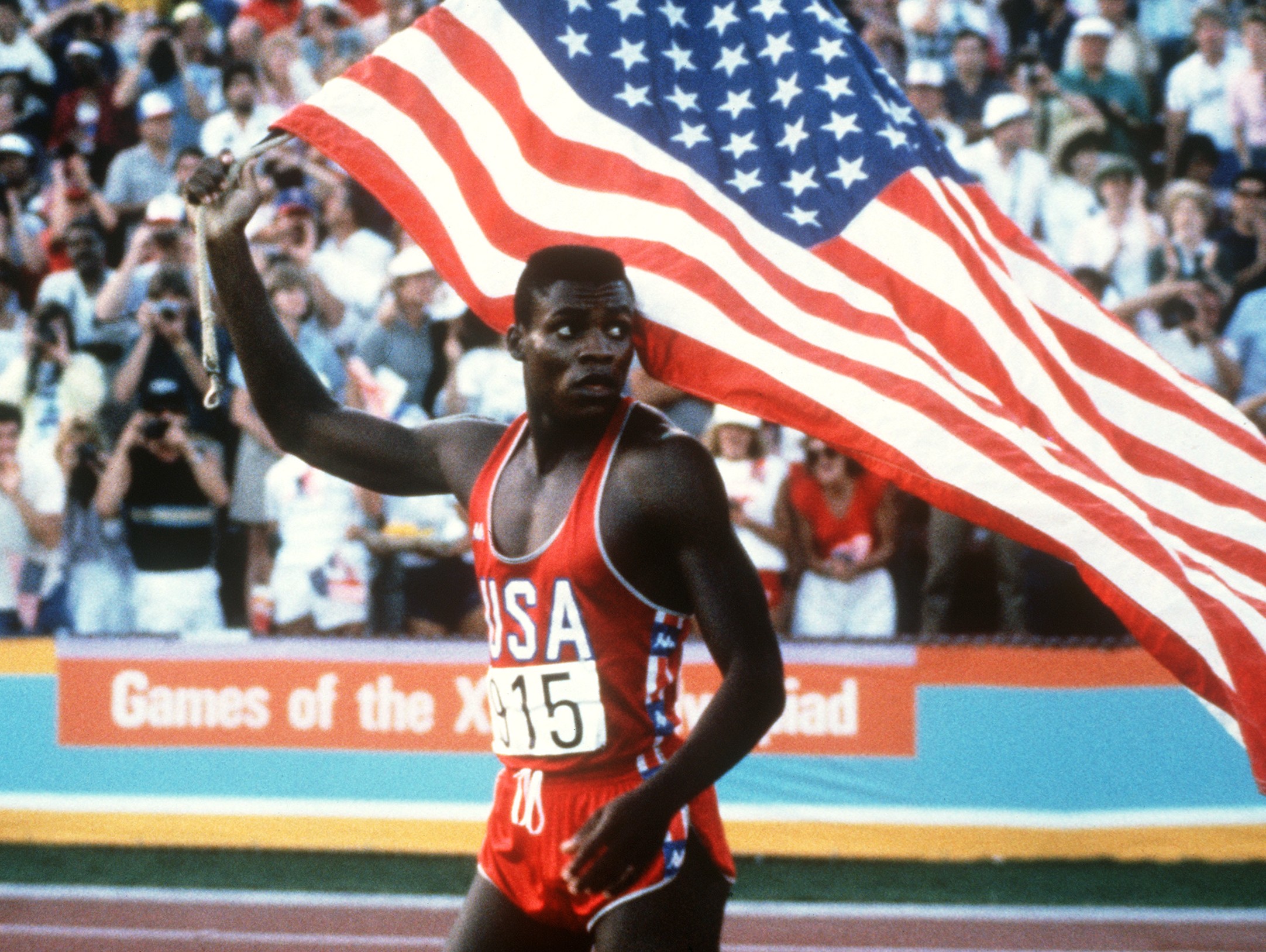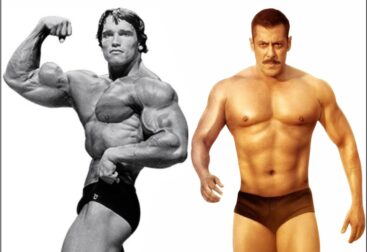Did you know that only 15% of women wear a bra that is suitable for their sport? 72% of exercising women report breast discomfort whilst exercising. 85% of all women who wear a sports bra to exercise agree that proper support helps to improve their enjoyment of exercise. Wearing a proper sports bra can reduce the activity of your pectoral muscles by 55%. This translates to less muscular fatigue and, as a result, more fuel in your pecs’ tank to go harder for longer in any movement that engages those muscles, from Jogging and Pilates to CrossFit-style training.
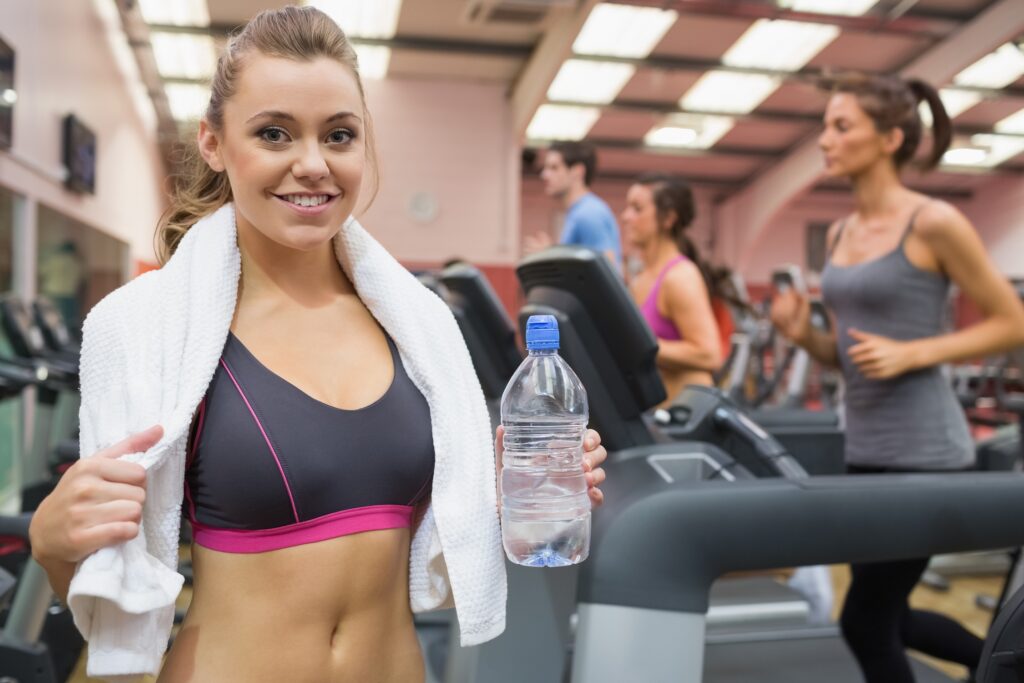
Importance of sports bras
Physical activity makes breasts bounce up, down and even in a figure-eight. Continuous and repetitive movements can result in soreness, pain and sagging. Sports bras are made to reduce this movement. Breasts have no muscle, yet without proper support, the skin and Cooper’s ligaments (ligaments near the breast which give them their size and shape) can break down and cause sagging. Once your Cooper’s ligaments stretch out, they do not bounce back. This can lead to a case of mastalgia (breast pain) and breast ptosis (breast sag). This makes a sports bra vital during exercise as it prevents damage to the breast by not allowing the breasts to move as independently as they would without a sports bra.
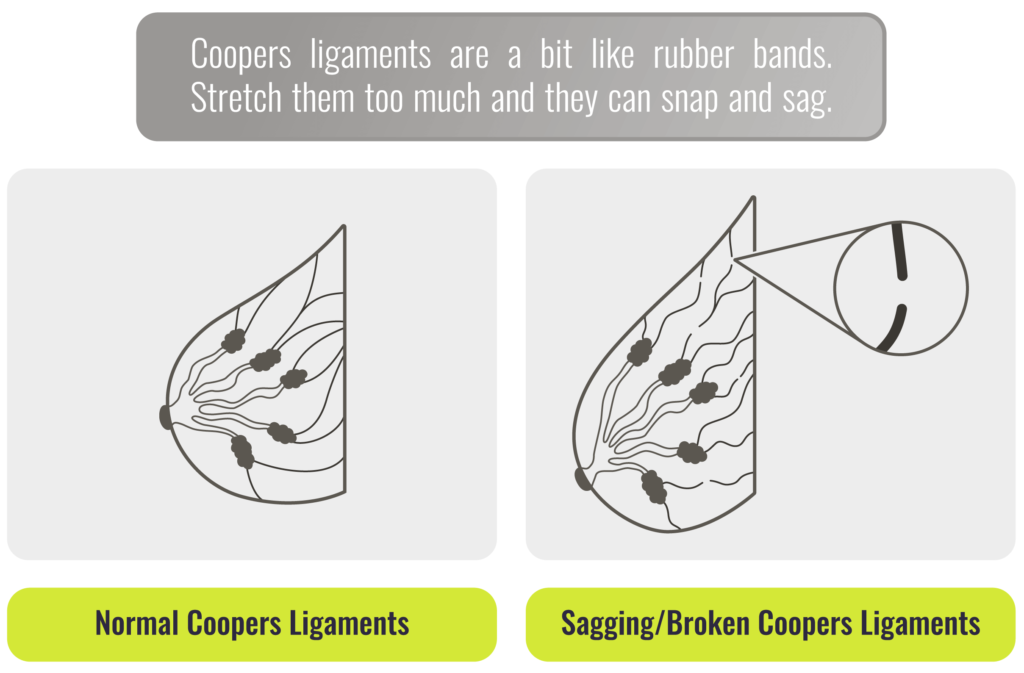
It has been suggested that not wearing a sports bra can have an effect on your performance. Research has shown that women have to work harder with a regular bra compared with a sports bra due to an increase in upper body muscle activity and so if the breasts aren’t supported properly then the use of the upper body muscles when running is increased. A change in breathing patterns has also been shown; women are more likely to take shallower and quicker breaths without a sports bra as there is more pressure on their rib cages.
Research conducted by the University of Portsmouth has shown a change in running gait can occur when not wearing the correct sports bra or any sports bra at all. They found that 4cm was lost in stride length and the range of movement in the arms decreased as well as body rotation. All these changes were found to slightly change a person’s foot strike pattern and so it is important for women to realise that when they do get a shoe fitting, it may be more accurate for them to bring a sports bra along.
All these factors show that a sports bra is a vital piece of kit, not only for running but for other forms of exercise also. Whether you’re a seasoned sprinter, a team sports fan or a weightlifting champion, you always need to ensure you have the right kind of sports bra.
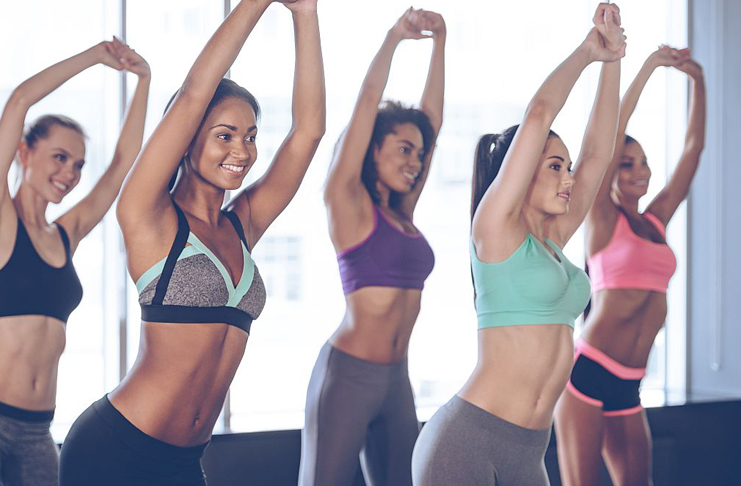
Types of sports bras
Compression bras work the way they sound, by compressing breasts against the chest to restrict movement.
Encapsulation bras have individual cups. Each cup surrounds and supports each breast. Most regular bras are encapsulation bras and have no compression.
Combination compression/encapsulation bras combine compression with individual cups and offer the most support.
Bra tanks, also known as shimmels, are tank tops with a built-in shelf bra. These are okay for low impact activities, but not for running. Finally, there are differences in straps. Spaghetti straps provide less support than wider straps. Racer-back straps are more supportive than both spaghetti and scoop back.
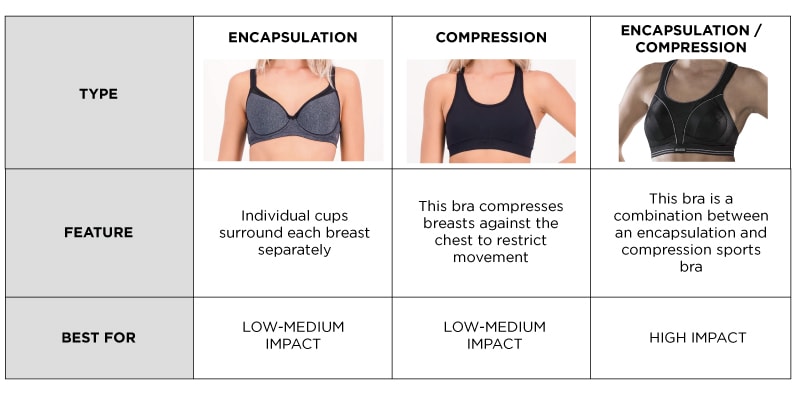
Which sports bra is right for me?
When you are looking for a new sports bra it is important to consider what type of exercise you will be doing, as there are different categories of sports bras depending on the level of impact. For example, for someone doing yoga / pilates or less impactive sports, then a lower category of bra would be suited. However, for someone who is running then a higher category of bra would be needed. When trying the sports bra itself, don’t be afraid to do similar movements to what you would normally do when exercising, such as jogging on the spot or stretching. It is also important to ensure that you have a good range of arm movement, so make sure to adjust the bra straps as you try it on.
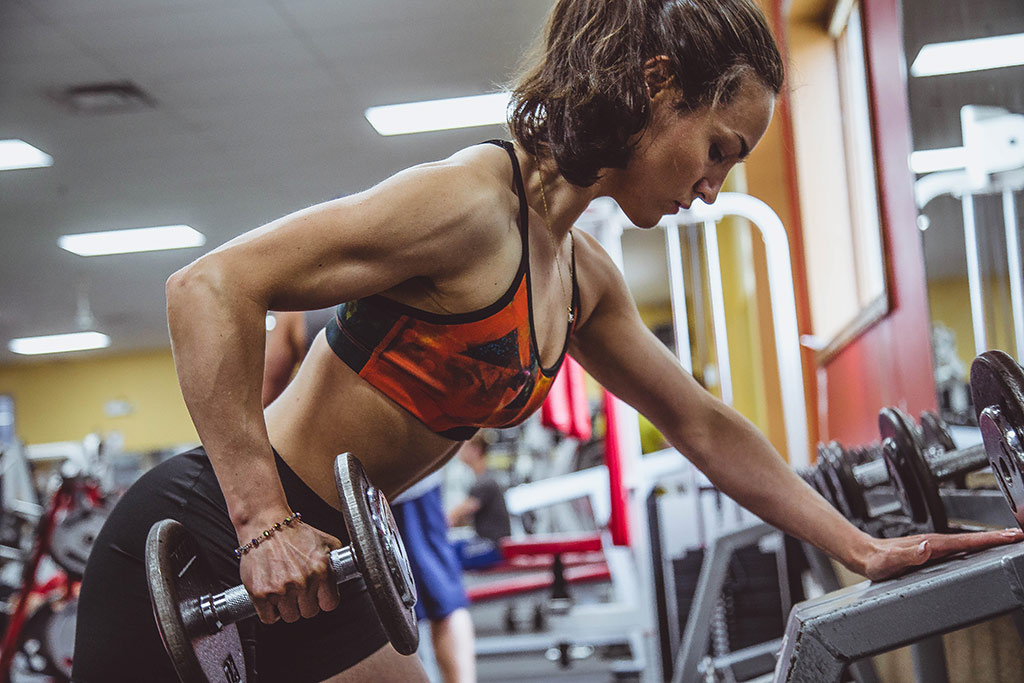
How to choose the right sports bra
The answer to this question is that there is none! The most common bra fitting method (when you measure the over bust and under band) is incorrect, as measurements vary from country to country, brand to brand, range to range and the person herself (just like shoes!). When buying a sports bra, pay attention to the fit. Your sports bra should feel a bit tighter than a regular bra A good sports bra should minimize breast movement, but it shouldn’t be so tight that it affects your breathing. Here are some things to look out for when buying a sports bra:
Size. If you’ve never worn a sports bra before, start with your everyday bra size.
Straps. The straps should be padded and at least 1 inch wide so they won’t dig into or slip off your shoulders. The shoulder straps should be adjusted to comfortably provide breast support without being too tight (digging into the skin). The main support for the breast should come from a firm band, not tight shoulder straps. If you have broader shoulders, then you may benefit more from a cross-strap bra.
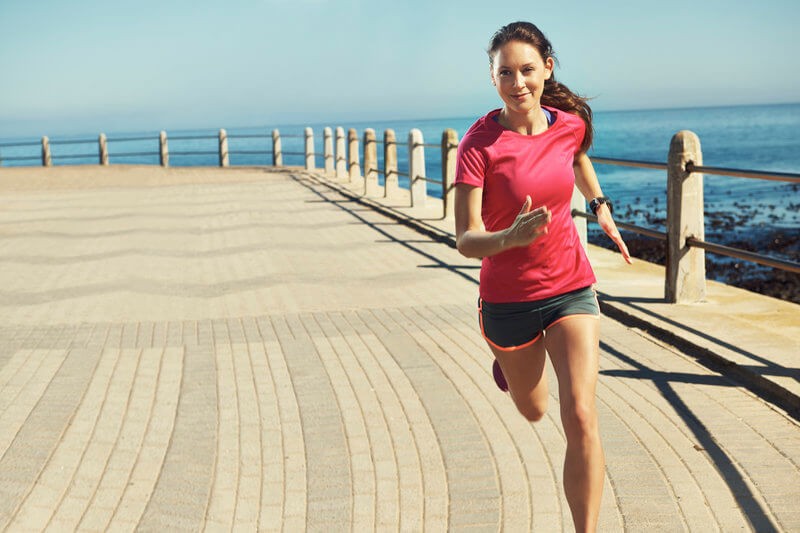
Cups. The breasts should be enclosed within the cups, with no bulging or gaping at the top or sides. If the cup material is puckering, then the cup size is probably too big. Choose seamless cups that won’t chafe your nipples.
Band. The band should fit firmly around the chest. It shouldn’t slide around as you move, but it shouldn’t be too tight as to be uncomfortable, affect your breathing, or make flesh bulge over the band. The band should be level all the way around the chest. Raise your hands above your head. Did the elastic band move? If it crept up your rib cage, try a smaller band. The band should be wide and made of strong elastic material. Larger cup sizes may need wider bands.
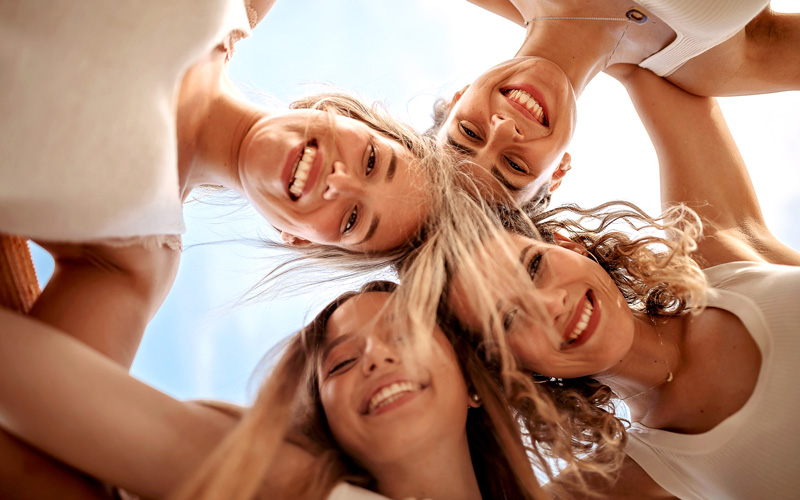
Underwire. If you prefer a sports bra with underwire, make sure the underwire fits your breasts correctly. The underwire should follow the natural crease of the breasts and not rest on any breast tissue. If the underwire is resting too far down the ribcage (where the rib cage gets slightly narrower), the band size is probably too small. Check that it is not sitting on the breast tissue itself at the front or at the under arm.
Material. Pick a bra made from synthetic fibers like Lycra. These will breathe and wick moisture.
Comfort. Hooks and closures should be covered with fabric or some kind of cushioning material. Likewise, covered seams won’t rub against your skin. If your skin is sensitive, apply some petroleum jelly to areas prone to chafing, like your ribcage, underarms, and shoulders.
When shopping for a sports bra, try on a few different styles and brands. Jog in place and jump up and down. This will let you see if it’s supportive enough. If it feels supportive, you’re set! If not, keep looking.
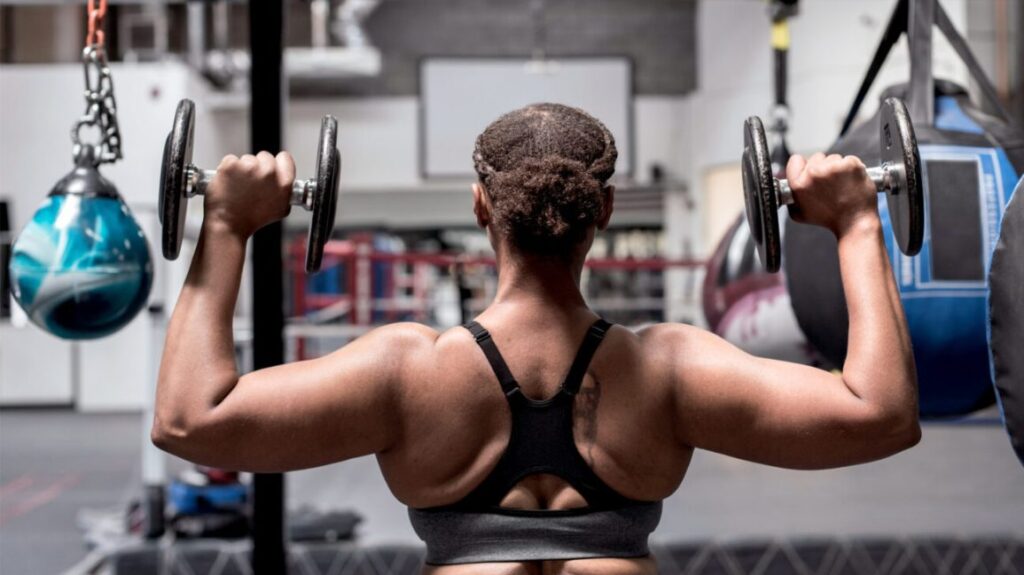
How to take care of your sports bras
Here’s how to get the best out of your sports bras:
- Rotate your sports bras. This will allow them to keep their shape and elasticity.
- If possible, wash your sports bra and other workout wear immediately after your workout.
- If you can’t wash it straight away, try not to leave your damp gym clothes bunched up in your hamper or gym bag. Put them where they can dry quickly. This will help prevent bacterial growth and odors.
- Follow the washing instructions on the product tag. Some synthetic materials may not be machine washable.
- Don’t use fabric softener. This can clog up synthetic fibers and stop its ability to wick sweat.
- Don’t use hot water or bleach. This can damage the synthetic fibers.
- Place sports bras in a mesh laundry bag so they won’t get twisted with your other clothes.
- Consider air-drying your sports bras. This will help protect their shape and fit.
It doesn’t matter what size breasts you have, everyone experiences bouncing during physical activity. Therefore, every woman, no matter what size she is, should wear a sports bra while running or exercising.

Dr Saranjeet Singh
Fitness & Sports Medicine Specialist
Lucknow (UP), INDIA



